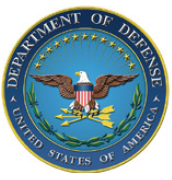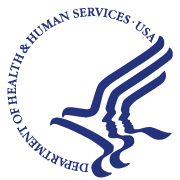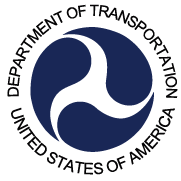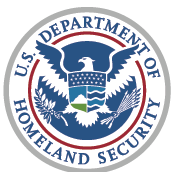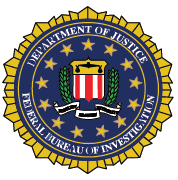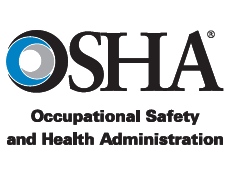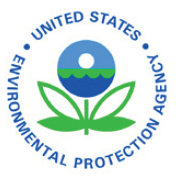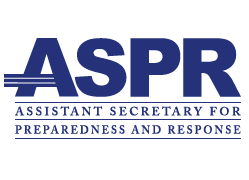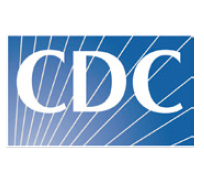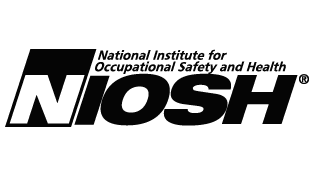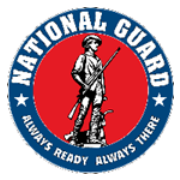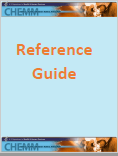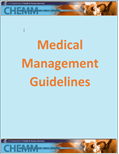You are here: Home > Acute Patient Care Guidelines > Nerve Agents > Fourth Generation Agents
Fourth Generation Agents
(Information as of January 18, 2019)
After the incidents in the United Kingdom (U.K.) in 2018 involving a fourth generation agent, the White House National Security Council convened a federal interagency working group to identify and develop resources to help the emergency response community prepare for and respond to a fourth generation agent incident if one ever occurs in the U.S., as well as support the development of specific guidance and training to enhance overall preparedness efforts. These resources meet the needs of U.S. emergency response professionals who sought to learn more about the agent used in the U.K. and how to protect themselves and respond if such incidents ever occur in their communities.
Fourth generation agents, also known as Novichoks or A-series nerve agents, belong to a category of chemical warfare agents that are unique organophosphorus compounds. They are more persistent than other nerve agents and are at least as toxic as VX. While fourth generation agents share similar characteristics with other nerve agents, fourth generation agents also pose several unique challenges in terms of toxicity, detection, persistence, and potential for delayed onset of symptoms. The following resources were developed to address these characteristics and challenges and provide tailored guidance to various segments of the emergency response community.
-
Safety Awareness for First On-Scene Responders
Bulletin
– Designed to educate and prepare first responders for
situations when law enforcement, fire, and emergency medical
services (EMS) personnel are first to arrive on scene and
initially may be unaware that a fourth generation agent is
present. This bulletin will assist departments and agencies
develop specific guidance and training to enhance overall
preparedness efforts. (PDF - 791 KB)

-
Reference Guide
– Designed to educate and prepare hazardous materials
(HAZMAT) response teams, the guide includes chemical and
physical properties of fourth generation agents, as well as
detection, firefighting, personal protective equipment, and
decontamination recommendations for situations when responding
to a known or suspected fourth generation agent incident. This
guide will assist HAZMAT response teams develop specific
guidance and training to enhance overall preparedness efforts.
(PDF - 789 KB)

-
Medical Management Guidelines
– Designed to educate and prepare fire, EMS, and
hospital staff and guide the medical management of patients
exposed or potentially exposed to a fourth generation agent.
(PDF - 858 KB)
 (Note: This is one PDF document that is divided into two Web
pages, one for pre-hospital care and one for in-hospital
care.)
(Note: This is one PDF document that is divided into two Web
pages, one for pre-hospital care and one for in-hospital
care.)
These resources were developed by a federal interagency working group comprising experts in medicine, science, public health, law enforcement, fire, EMS, HAZMAT, and occupational safety and health from the Department of Defense, Department of Health and Human Services (Office of the Assistant Secretary for Preparedness and Response, Centers for Disease Control and Prevention, and National Institute for Occupational Safety and Health), Department of Transportation (Pipeline and Hazardous Materials Safety Administration and National Highway Traffic Safety Administration’s Office of Emergency Medical Services), Department of Homeland Security, Federal Bureau of Investigation, Occupational Safety and Health Administration, and Environmental Protection Agency.
These resources are based on the interpretation of available data on fourth generation agents by U.S. government experts and previously developed federal guidance related to nerve agents. Moreover, the guidance was developed through a collaborative process which included extensive stakeholder review in the form of listening sessions and consultations with representatives from the various disciplines across the emergency response community.
Information as of January 18, 2019, was used to inform the development of these resources. They will be updated as new data becomes available that can further support any response to a potential fourth generation agent incident and help protect responders if such an incident ever occurs in the U.S.
Please refer comments and questions on these fourth generation agent resources to askasprtracie@hhs.gov.
